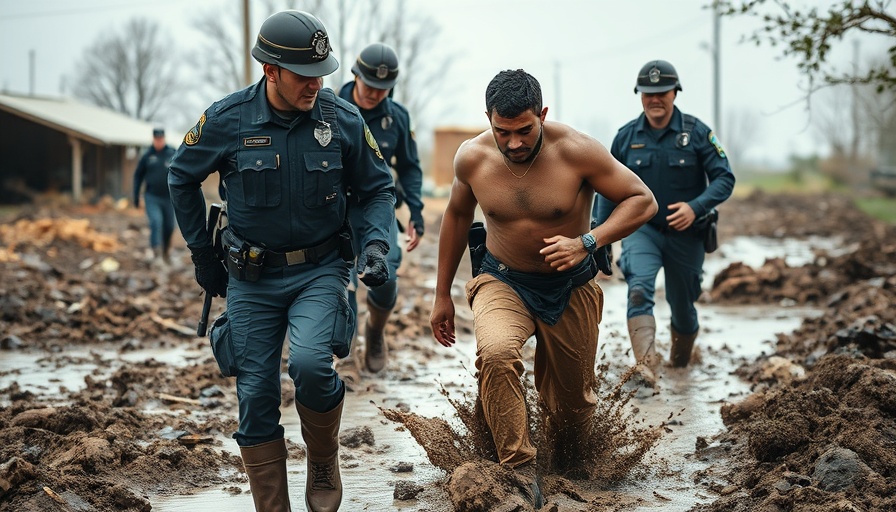
Understanding the Clash Over SROs in Milwaukee
The recent standoff between the Milwaukee Police Department and Milwaukee Public Schools (MPS) sheds light on the complexities of school resource officers (SROs) and their role in maintaining school safety. Following a 2020 decision to remove officers from schools in response to national calls for police reform, the context has drastically shifted due to rising safety concerns. This tension reached a critical point when Milwaukee Circuit Judge David Borowski intervened, necessitating officer assignments by March 15, 2025, or incurring daily fines.
The Legislative Landscape: Responding to Community Needs
In 2023, the Wisconsin Legislature passed Act 12, mandating the presence of police officers in MPS, effectively reinstating a law enforcement presence that had been removed amidst social pressures. This legislation is crucial for addressing public safety needs, which have grown significantly in light of recent crime trends. The act serves as a reactive measure to provide essential security frameworks within schools, especially as communities are increasingly concerned about youth safety and community trust in law enforcement.
Challenges Faced by Law Enforcement
The Milwaukee Police Department has voiced concerns regarding the difficulty of recruiting and training officers for the SRO positions. The department's request for a memorandum of understanding (MOU) to clarify SRO roles indicates a cautious approach to re-entering school environments. This caution is compounded by the recent history of strained relations following the 2020 contract termination. Nevertheless, with the imminent deadline from the court, the police department began training 30 officers, emphasizing the urgency of the situation.
Community Trust: The Heart of Law Enforcement and Schools
The underlying issue is that public perception of policing is closely tied to community trust. Years of discord over police presence in schools have left lingering doubts. As educators and law enforcement units reconsider their collaborative frameworks, it must be recognized that building trust takes consistent effort and transparency. Schools can benefit from engaging with community leaders and parents, ensuring that safety initiatives resonate positively rather than fostering resistance.
Future Implications and Trends in Policing
The Milwaukee situation serves as a benchmark for how U.S. cities handle the role of police in educational environments. As police departments adapt to the growing emphasis on community engagement, they may increasingly adopt high-tech solutions for enhancing safety, such as predictive policing and crime analytics, to pre-emptively address safety issues. This shift, however, requires careful navigation to avoid over-policing while also ensuring that students feel safe within their educational settings.
Final Thoughts on School Policing and Community Relations
Milwaukee’s ongoing struggle to reintegrate SROs into its schools reflects a broader national conversation about the complexities surrounding public safety and police-community relationships. As cities work toward reform efforts, achieving a balance that safeguards students while respecting community input and fostering trust remains paramount. Policymakers, school district officials, and law enforcement agencies must collaborate closely to create effective and sustainable public safety strategies that adapt to the evolving landscape of community needs.
 Add Row
Add Row  Add
Add 

 Add Element
Add Element  Add Row
Add Row 




Write A Comment